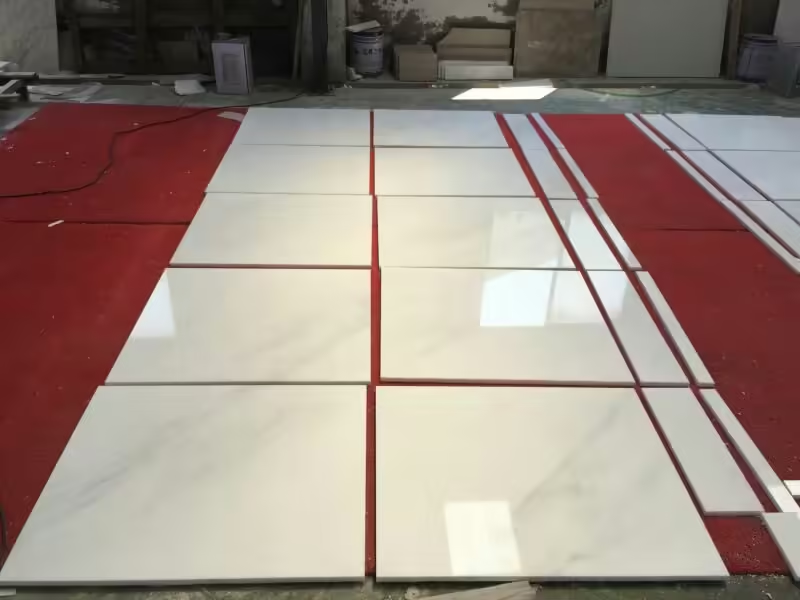Blog
Unearthing the Origins: The Geology of China Marble

China Marble, revered for its intricate patterns and enduring beauty, is the product of a fascinating geological process that spans millions of years. This natural stone originates from limestone or dolomite that undergoes a metamorphic transformation under intense heat and pressure within the Earth’s crust. The presence of various minerals during this transformation gives China Marble its distinctive veining and a wide array of colors.

The process begins with the accumulation of sedimentary deposits under ancient seas, which are then buried and subjected to geological forces. Over time, these sediments solidify into limestone. When tectonic movements apply intense pressure and temperatures, limestone is transfigured into marble, enhancing its crystalline structure and bringing out unique textural qualities.

Regions in China known for marble formation are often located at the convergent boundaries of tectonic plates, where these dynamic processes are most active. This geological backdrop not only explains the robustness and quality of China Marble but also its diversity, making it a preferred material for architects and designers globally. Understanding the geology behind China Marble not only adds to our appreciation of this natural art but also ensures more sustainable extraction practices, preserving its legacy for future generations.
Related Posts
Boosting Home Value with Marble Countertops
-
Posted by
tostone.net
- 0 comments
Natural DIY Marble Countertop Care Solutions
-
Posted by
tostone.net
- 0 comments
Leading Trends in Marble Countertops for 2024: Style Meets Sustainability
-
Posted by
tostone.net
- 0 comments
Elevating Kitchen Design with Marble Countertops
-
Posted by
tostone.net
- 0 comments
Choosing Between Marble and Quartz Countertops: A Comprehensive Guide
-
Posted by
tostone.net
- 0 comments
Essential Care Tips for Marble Countertops
-
Posted by
tostone.net
- 0 comments
Weighing the Pros and Cons of Marble Countertops in Your Kitchen
-
Posted by
tostone.net
- 0 comments
The Timeless Beauty of Marble Countertops in Modern Kitchens
-
Posted by
tostone.net
- 0 comments
Timeless Tranquility: China Marble in Bathroom Design
-
Posted by
tostone.net
- 0 comments
Elegance Underfoot: Designing with China Marble Mosaic Tiles
-
Posted by
tostone.net
- 0 comments
Carving Through Time: China Marble in Art and Sculpture
-
Posted by
tostone.net
- 0 comments













